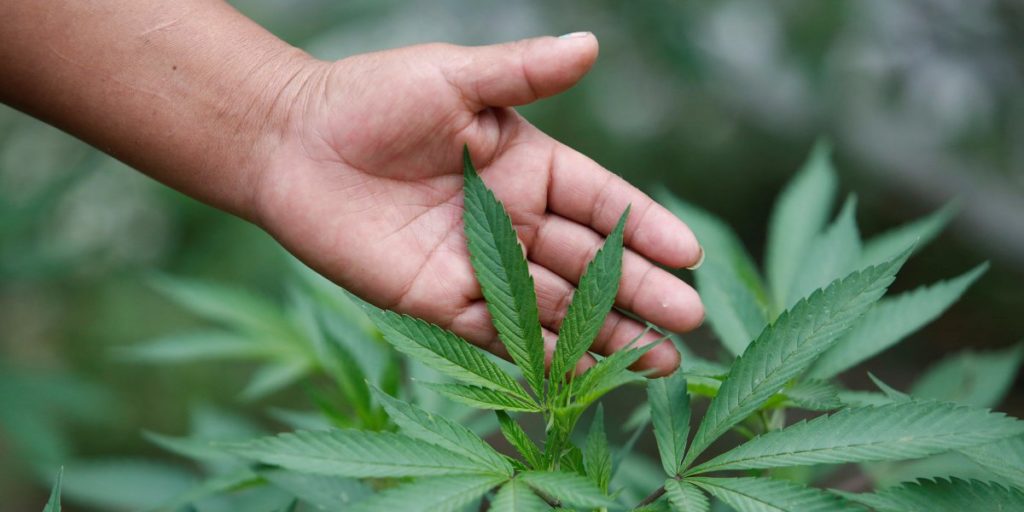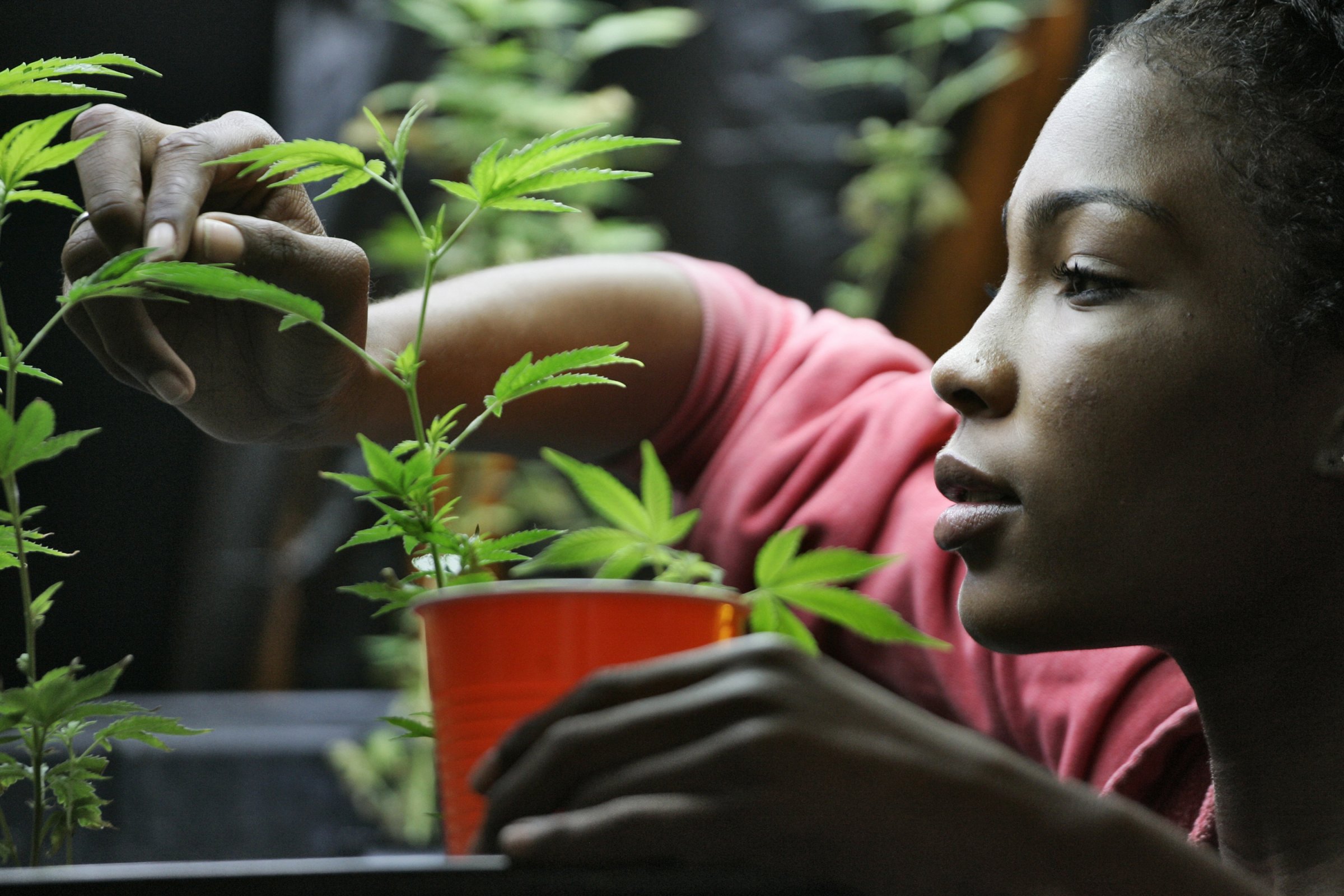In 2017, some Americans could buy legal marijuana almost as easily as they could order a pizza. Pot shops outnumber Starbucks stores in states like Colorado and Oregon, and medical marijuana delivery services drop the drug off at people’s doors in California and Massachusetts.
With marijuana now more accessible — legally — than ever, more researchers are weighing in on its health effects. But that doesn’t mean we fully understand the plant or its impacts.
The National Academies of Sciences, Engineering, and Medicine released a massive report in January that gives one of the most comprehensive looks — and certainly the most up-to-date — at exactly what we know about the science of cannabis. The committee behind the report, representing top universities around the country, considered more than 10,000 studies for its analysis and drew nearly 100 conclusions. Many of those findings are summarized below.
In the short term, marijuana can make your heart race

The report from the National Academies found insufficient evidence to support or refute the idea that cannabis might increase the overall risk of a heart attack. The same report, however, also found some limited evidence that smoking could be a trigger for a heart attack.
Marijuana’s effects on the heart could be tied to effects on blood pressure, but the link needs more research

Research suggests this is a poor assumption — and one that could have interfered with the study’s results. According to a recent survey, about 52% of Americans have tried cannabis at some point, yet only 14% used the drug at least once a month.
Other studies have come to the opposite conclusion. According to the Mayo Clinic, using cannabis could result in decreased — not increased — blood pressure.
So while there’s probably a link between smoking marijuana and high blood pressure, there’s not enough research yet to say that one leads to the other.
Marijuana use affects the lungs but doesn’t seem to increase the risk of lung cancer

Perhaps surprisingly, the report’s authors found moderate evidence that cannabis was not connected to an increased risk of the lung cancers or head and neck cancers associated with smoking cigarettes.
Marijuana may help relieve some types of pain

The report from the National Academies also found conclusive or substantial evidence — the most definitive levels — that cannabis can be an effective treatment for chronic pain, which could have to do with both CBD and THC, the psychoactive ingredient in marijuana. Pain is “by far the most common” reason people request medical marijuana, according to the report.
Marijuana may not be the “gateway drug” that opponents make it out to be

Researchers found that one-third of participants who used marijuana to treat their chronic pain stopped taking prescribed medications. They suggested that legal access to cannabis might lower the use of dangerous prescription medications in certain patient populations.
Drug overdoses are the leading cause of death for Americans under 50.
Marijuana may increase cerebral blood flow and protect the brain from stroke

These changes effectively reduce the risk of stroke and blood clots.
The study should be taken with a grain of salt, however, as it included fewer than 200 participants.
Marijuana may be helpful in controlling epileptic seizures

In March, the company came out with phase-three trial data that showed the drug Epidiolex had some positive results. The hope is that eventually, someone taking the drug would be able to either reduce the number of seizures they have or even stop them entirely.
Marijuana may interfere with how you form memories

According to the new report from the National Academies, there was limited evidence showing a connection between cannabis use and impaired academic achievement, something that has been shown to be especially true for people who begin smoking regularly during adolescence. (That has also been shown to increase the risk for problematic use.)
Importantly, in most cases, saying cannabis is connected to an increased risk doesn’t mean marijuana use caused that risk.
In some people, weed could increase the risk of depression

The new report from the National Academies bolstered those findings. It found moderate evidence that cannabis use was linked to a small increased risk of depression.
Marijuana may also increase the risk of developing schizophrenia

Marijuana may be a miracle drug in the bedroom
In October, a study published in the Journal of Sexual Medicine showed that people who regularly use marijuana have about 20% more sex than abstainers. Researchers from Stanford University based their analysis on a survey of more than 50,000 Americans ages 25 to 45.
Importantly, saying cannabis is correlated to an “increased coital frequency” doesn’t mean marijuana use caused more sexual activity. But the results hint at a casual connection.
There’s evidence that marijuana use during pregnancy could have negative effects
According to the report from the National Academies, substantial evidence shows a link between prenatal cannabis exposure — when a pregnant woman uses marijuana — and lower birth weight. There was limited evidence suggesting that using marijuana during pregnancy could cause complications and increase the risk that a baby would have to spend time in a neonatal intensive care unit.
There are still many questions about how marijuana affects the body and brain, and scientists say far more research is needed
credit:420intel.com














